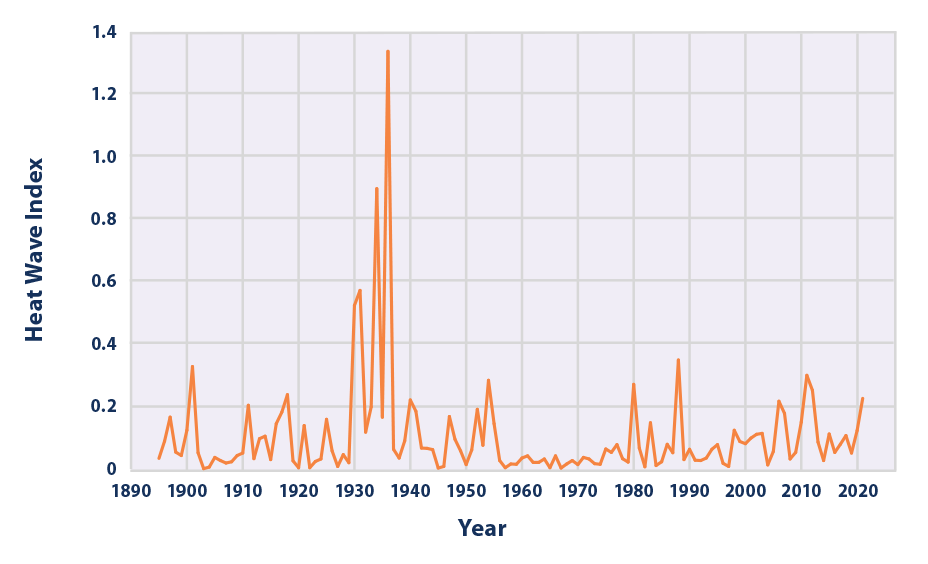Now I will debunk the next paper colion proposed to show AGW is dead. https://doi.org/10.1...G.2.1.4996.7840
From the paper:
"The theory of anthropogenic global warming is that since 1750, human activity, involving the use offossil fuels, the manufacture of cement, and changes in land use, has been injecting an artificial flow ofcarbon dioxide (CO2) into the atmosphere at such an accelerated rate that it has overwhelmed nature’sdelicate carbon balance and caused a steadily rising unnatural and unprecedented accumulation of CO2in the atmosphere. The change in atmospheric composition has enhanced its greenhouse effect causingsurface temperatures to rise unnaturally and dangerously and threaten catastrophic consequences interms of climate change (Hansen, 2006) (IPCC, 2007) (IPCC, 2014) (Plass, 1956). An important policyimplication is that since these changes were created by artificial means they can also be moderated byartificial means simply by making significant reductions in our emissions of CO2 (IPCC, 2014).Since the recent accumulation of CO2 in the atmosphere is ascribed solely to human emissions, atestable implication of the theory of anthropogenic global warming is that there should be a closecorrelation between the rate of anthropogenic emissions and the rate at which CO2 accumulates in theatmosphere; and this correlation should be observable at the inter-annual frequency level (Patra, 2005)(Raupach, 2008) (Keeling, 2001) (Plass, 1956) (Lorius, 1990). This means that, net of long term trends,we should find that years of higher annual emissions should correspond with years of greater annualincrease in atmospheric CO2 and years of lower emissions should correspond with years of lower ratesof accumulation of atmospheric CO2. In this short note, we test this hypothesis by applying detrendedcorrelation analysis, a tool that is often used by financial analysts to detect higher frequency changesnet of long term trends (Prodobnik, 2008) (Granger, 1964) (Haan, 2002). The method tests therelationship between two variables that share a common direction in their long term drift in time byremoving the drift component and comparing the detrended series in terms of correlation at shorterintervals. When applied to atmospheric CO2, this procedure shows that the correlation between theannual rate at which anthropogenic emissions are introduced into the atmosphere and the annual rateat which CO2 accumulates in the atmosphere, though significant, does not survive into the detrendedseries and is therefore likely to be spurious or an artifact of the common direction of their long termdrift in time to which no anthropogenic cause can be ascribed."
The first thing is that correlation does not imply causation. It is also true that lack of correlation does not imply that there is no causation. In both cases further investigation is required.
And yet we see Munshi reaching for causation in his conclusion:
"4. SUMMARY AND CONCLUSIONS
A necessary condition for the theory of anthropogenic global warming is that there should be a closecorrelation between annual fluctuations of atmospheric CO2 and the annual rate of anthropogenic CO2emissions. Data on atmospheric CO2 and anthropogenic emissions provided by the Mauna Loameasuring station and the CDIAC in the period 1959-2011 were studied using detrended correlationanalysis to determine whether, net of their common long term upward trends, the rate of change inatmospheric CO2 is responsive to the rate of anthropogenic emissions in a shorter time scale from yearto year. It was found that the observed correlation between these variables derives solely from acommon direction in their long term trends and not from a correspondence in their annual fluctuations.As a corollary to this finding, a further study reveals that change in atmospheric CO2 is responsive tosurface temperature both in long term trends and in short term annual fluctuations. The results havesignificant implications for interpreting the observed increase in atmospheric CO2 in terms of theclimate system and the theory of anthropogenic global warming.
CO2 concentration trends and budgets
Before the Industrial Era, circa 1750, atmospheric carbon dioxide
(CO2) concentration was 280 ± 10 ppm for several thousand years.
It has risen continuously since then, reaching 367 ppm in 1999.
The present atmospheric CO2 concentration has not been
exceeded during the past 420,000 years, and likely not during the
past 20 million years. The rate of increase over the past century
is unprecedented, at least during the past 20,000 years.
The present atmospheric CO2 increase is caused by anthro-
pogenic emissions of CO 2 . About three-quarters of these
emissions are due to fossil fuel burning. Fossil fuel burning (plus
a small contribution from cement production) released on
average 5.4 ± 0.3 PgC/yr during 1980 to 1989, and 6.3 ± 0.4
PgC/yr during 1990 to 1999. Land use change is responsible for
the rest of the emissions.
The rate of increase of atmospheric CO2 content was 3.3 ±
0.1 PgC/yr during 1980 to 1989 and 3.2 ± 0.1 PgC/yr during 1990
to 1999. These rates are less than the emissions, because some of
the emitted CO2 dissolves in the oceans, and some is taken up by
terrestrial ecosystems. Individual years show different rates of
increase. For example, 1992 was low (1.9 PgC/yr), and 1998 was
the highest (6.0 PgC/yr) since direct measurements began in
1957. This variability is mainly caused by variations in land and
ocean uptake.
Statistically, high rates of increase in atmospheric CO2 have
occurred in most El Niño years, although low rates occurred
during the extended El Niño of 1991 to 1994. Surface water CO2
measurements from the equatorial Pacific show that the natural
source of CO2 from this region is reduced by between 0.2 and 1.0
PgC/yr during El Niño events, counter to the atmospheric
increase. It is likely that the high rates of CO2 increase during
most El Niño events are explained by reductions in land uptake,
caused in part by the effects of high temperatures, drought and
fire on terrestrial ecosystems in the tropics.
Land and ocean uptake of CO2 can now be separated using
atmospheric measurements (CO2, oxygen (O2) and 13CO2). For
1980 to 1989, the ocean-atmosphere flux is estimated as −1.9 ±
0.6 PgC/yr and the land-atmosphere flux as −0.2 ± 0.7 PgC/yr
based on CO2 and O2 measurements (negative signs denote net
uptake). For 1990 to 1999, the ocean-atmosphere flux is
estimated as −1.7 ± 0.5 PgC/yr and the land-atmosphere flux as
−1.4 ± 0.7 PgC/yr. These figures are consistent with alternative
budgets based on CO2 and 13CO2 measurements, and with
independent estimates based on measurements of CO2 and 13CO2
in sea water. The new 1980s estimates are also consistent with the
ocean-model based carbon budget of the IPCC WGI Second
Assessment Report (IPCC, 1996a) (hereafter SAR). The new
1990s estimates update the budget derived using SAR method-
ologies for the IPCC Special Report on Land Use, Land Use
Change and Forestry (IPCC, 2000a).3.7.4 Conclusions
The differences among the CO2 concentrations projected with the
various SRES scenarios considered are larger than the differences
caused by inclusion or omission of climate-mediated feedbacks.
The range of uptake rates projected by process-based models for
any one scenario is, however, considerable, due to uncertainties
about (especially) terrestrial ecosystem responses to high CO2
concentrations, which have not yet been resolved experimentally,
and uncertainties about the response of global NPP to changes in
climate (Cramer et al., 1999). A smaller feedback would be
implied if, as some models indicate, global NPP increases with
warming throughout the relevant range of climates and no forest
die back occurs. Larger positive feedbacks would be implied if
regional drying caused partial die back of tropical forests, as some
of the DGVMs in Cramer et al. (2001), and one coupled climate-
carbon model study of Cox et al. (2000), suggest; however,
another coupled climate-carbon model study (Friedlingstein et al.,
2001) suggests a smaller feedback. Uncertainty also arises due to
differences in the climate responses of ocean models, especially as
regards the extent and effects (biological as well as physical) of
increased stratification in a warmer climate (Joos et al., 1999b).
In conclusion, anthropogenic CO2 emissions are virtually
certain to be the dominant factor determining CO2 concentrations
throughout the 21st century. The importance of anthropogenic
emissions is underlined by the expectation that the proportion of
emissions taken up by both ocean and land will decline at high
atmospheric CO2 concentrations (even if absolute uptake by the
ocean continues to rise). There is considerable uncertainty in
projections of future CO2 concentration, because of uncertainty
about the effects of climate change on the processes determining
ocean and land uptake of CO2. These uncertainties do not negate
the main finding that anthropogenic emissions will be the main
control.

















